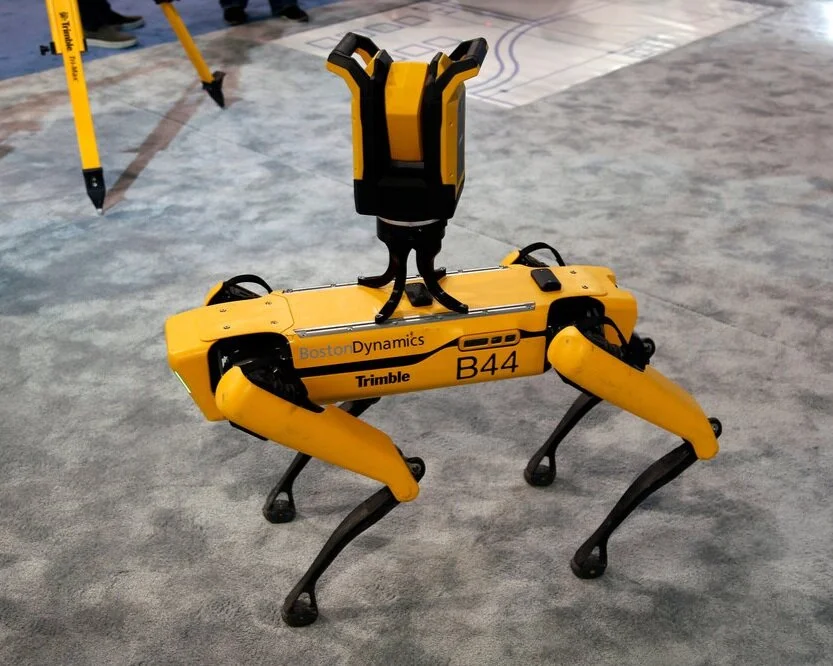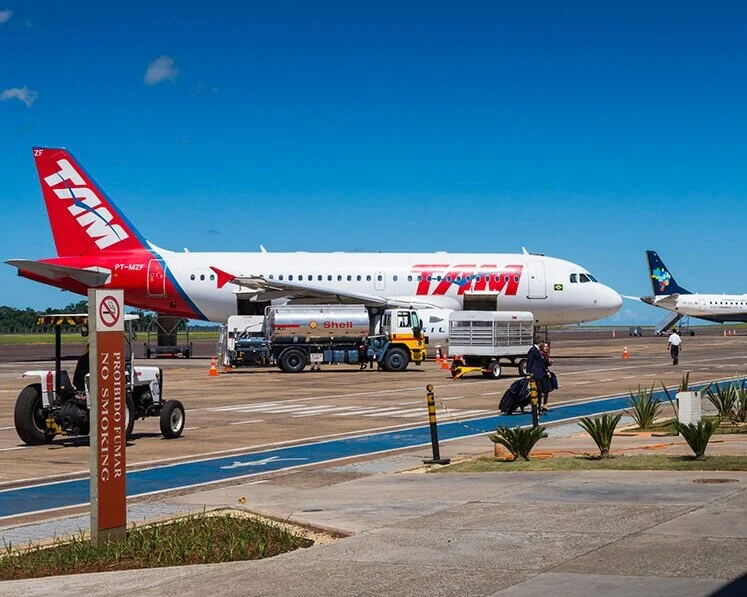IRAQ, Nineveh Province - Charlie Hebdo, a weekly magazine based in Paris, France which pilloried religion (Catholicism, Islam, and Judaism), the racist rants of extreme right entities like the nationalist National Front Party (NF), among other topics, and professed to be both secular, atheist, and left-wing in its political stance was the target of two terrorist attacks, the first in November 2011 and subsequently in February 2015.
The presumed motive for the attacks was terrorists’ response to a number of controversial Muhammad cartoons it published. In the second of these attacks, 12 people were killed, including former editor Stéphane Charbonnier and several contributors. (Source: Wikipedia)
The savagery of the latest attack coupled with the seemingly incomprehensible response by terrorists to what those in the West would consider ‘freedom of expression,’ garnered worldwide attention. The result was that news outlets around the world reported on, dissected, discussed, and speculated about this horrific event for months after the attack.
As an online media publication we understand and accept the nature of news gathering and publishing; however, as journalists and editors we should also be sensitive to appearing partisan to the point of ignoring other equally compelling news stories. Such is the case with atrocities being committed by Islamic State of Iraq and Syria (ISIS) against Iraqi citizens, most notably against the Yezidis.
News outlets from Turkey, Bugun and Internet Haber, both reported on an Anatolian Agency and Anadolu Ajansi (AA) story about a two-day panel “Ethnical extermination against Yezidis and Christians in Iraq” hosted on 8 February 2015 in Iraqi Kurdistan’s regional capital Erbil at Saad Abdullah Conference Hall. It was a chilling story of several Yezidi women who escaped ISIS captivity. Although the story was widely reported on across the Middle East, the same could not be said of mainstream Western media.
Iraqi President Fuad Masum attended the panel and spoke about the violence of ISIS militants. “The ISIS violence in Iraq is a crime against humanity and it is no different than what Nazis did in Germany. So far, ISIS killed 5,000 Yezidis, captured 5,000, and forcibly displaced 350,000 people of the Yezidi community including their children. The crimes against Christians are similar. The cruelty that Yezidis and Christians underwent is rarely seen in the history,” he said.
According to an AA report on Internet Haber, the women who escaped ISIS captivity spoke on safeguarding their identity to prevent retaliation by background hiding their identity for their safety by using code names. 17-year-old “Vaha” who was kidnapped along with her family by ISIS while they were trying to escape from the Tel Azer village in Sinjar in Northern Iraq told of how the militants beat her for long periods and tortured everyone without distinction of age.
The militants then separated them in three groups - men, women and young girls, and children. “They brutally killed 17 men in an open field before us. Those who were killed took their last breathe looking at their families,” Vaha said.
She said among those who were killed were her brother and her uncle. The 23 women abducted were taken to Mosul, where they joined other captives which eventually grew to 500 captives.
“We did not have food for 10 days. They were rude to people and they attacked women. We were very afraid and we did not know what to do,” she said.
A group of 20 women including Vaha were sold to a man named Abu Layd. At the place they were taken, each were given to an ISIS militant.
“I wanted to resist the man who wanted to take me. I did not want to be separated from my friends. But he beat me and took me away. I was raped and beaten every day,” she said in tears. ISIS militants bought and sold women like a piece of merchandise, or even gave them to each other as a gift.
“I have seen a 50-year-old man taking away a 5-year-old girl. They took the little girls, but none of us know what they did to them. Because they were adding something to our food, so, affecting our consciousness. Nevertheless, they were doing whatever they wanted to us,” Vaha said. “One day, the area around Mosul was under airstrikes, and the guard at our door left. We were able to escape late that night.”
21-year-old Hezal Mirzo who also talked at the panel said she witnessed many Yezidi men being executed by firing squad.
“Throughout the three month of captivity I was raped numerous times. They gave medicines to pregnant women to abort their children. They liked it when we suffered,” she said.
After staying in Mosul for a while she was taken to a school in Tel Afar. “At every different place we were taken, a different man raped us. If we resisted, they added some medicine to our food making us lose consciousness,” she said. “I had the hardest and filthiest days of my life there. We ask United Nations, Iraqi and Kurdish authorities to rescue our people from ISIS captivity. We continue our lives here, while ISIS continues to persecute more people.”
The human rights abuses perpetrated against the Yezidis, also befalls Christians and Muslims who refuse to acquiesce to ISIS, and yet this violence slips quietly unnoticed and under reported in mainstream media. In fairness, there are a few news outlets such as PBS News Hour and the Daily Mail that choose to cover the severe conditions in Iraq under the tyranny of ISIS; and the Voice of America (VOA) has recently produced a story covering the human rights abuses in Iraq, especially of the persecution of the Yezidi community, but it is not enough.
The kidnapping of the school girls by the violent, radical Islamist group Boko Haram in Nigeria received greater attention than the inhuman and reprehensible treatment of the Yezidis women and girls.
Though people were rightfully outraged and reacted strongly to the Paris terrorist attack, these atrocities that are occurring across the Middle East, like those the Yezidi community are experiencing, have not receive the same amount of coverage.
Yes, terrorist attacks and killings in Middle East have become routine occurrences, and perhaps because of this have lost their media cache; but just because an atrocity happens repeatedly or on a large scale, does not absolve us in the West of the responsibility to be more vociferous in our denouncements.
Contributing Journalist: @ElvanKatmer
LinkedIn: Elvan Katmer














